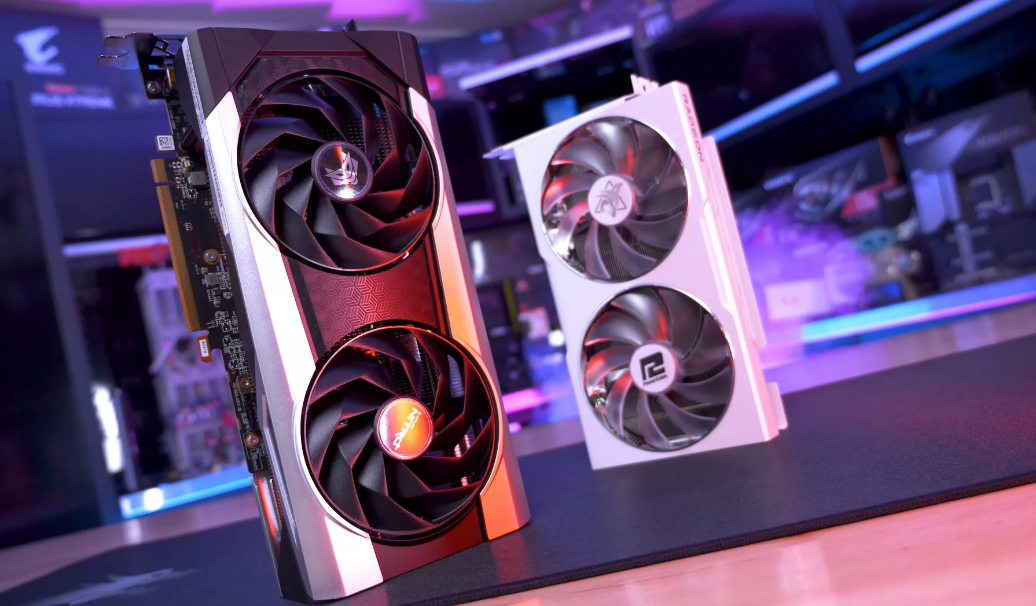News
The AMD Radeon RX 6650 XT is now more affordable than the RX 7600, and it performs similarly

Although AMD has just released their brand new Radeon RX 7600 graphics card, which retails for $269 in the United States, it appears that the more established RX 6650 XT may still be the superior choice for gamers. It would appear that producers of GPUs are facing significant challenges due to the fact that gamers perceive their older generation cards to be more valuable than their brand-new products. NVIDIA is experiencing the same problem with its GeForce RTX 3060 and RTX 3060 Ti graphics cards, both of which have recently received price reductions and are now available at lower prices than the RTX 4060 series, despite the fact that the new models are priced just slightly lower than their predecessors (for example, the RTX 4060 8 GB has an MSRP of $299 US while the RTX 3060 12 GB had an MSRP of $329 US).
Now, AMD is facing similar challenges with its older Radeon RX 6600 series cards giving a better performance value than the freshly introduced Radeon RX 7600. These cards were released earlier this year. AMD was forced to implement a last-minute price decrease on the Radeon RX 7600, which had an original price point of $299 in the United States. The increased price, which is $269 US dollars, is undoubtedly an improvement, but it does not solve the problem with competition. The AMD Radeon RX 6650 XT graphics card is currently available for the low price of $244.99 US, which is $25 US less than the MSRP of the AMD RX 7600. This card provides the same level of performance in raster and ray-tracing operations.
However, there is a significant performance gap between this card and the more affordable entry-level AMD Radeon RX 6600 8 GB, which can be purchased for $179.99 in the United States. Both the AMD Radeon RX 7600 and the Radeon RX 6650 XT are graphics cards that include a core count and memory configuration that are quite close to one another. The distinctions between the two chips are highlighted below:
- AMD Navi 33: 2048 Cores, 128-bit Bus, 32 MB Infinity Cache, 204mm2 GPU Die @6nm
- AMD Navi 23: 2048 Cores, 128-bit Bus, 32 MB Infinity Cache, 237mm2 GPU Die @7nm
The former is based on the RDNA 3 architecture, however other than ray tracing acceleration enhancements and the addition of AV1, there isn’t much more that you get for paying the additional money. The power efficiency does not see the same significant loss as NVIDIA’s Ada cards do when compared to the Ampere solution from the prior generation, and one of the most significant features, FSR 3, has not yet been released. Although it is possible that FSR 3 will be enabled on RDNA 2 GPUs as well, this implies that there is not a whole lot of reason for customers of existing Radeon RX 6650 XT and RX 6600 XT graphics cards to upgrade to the new cards.













